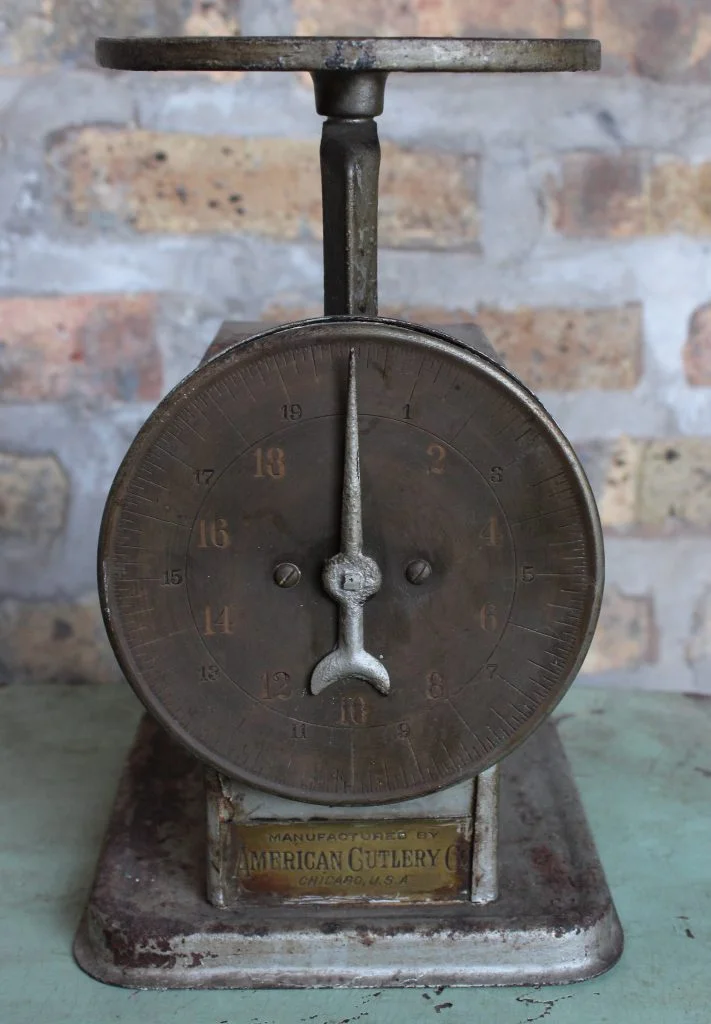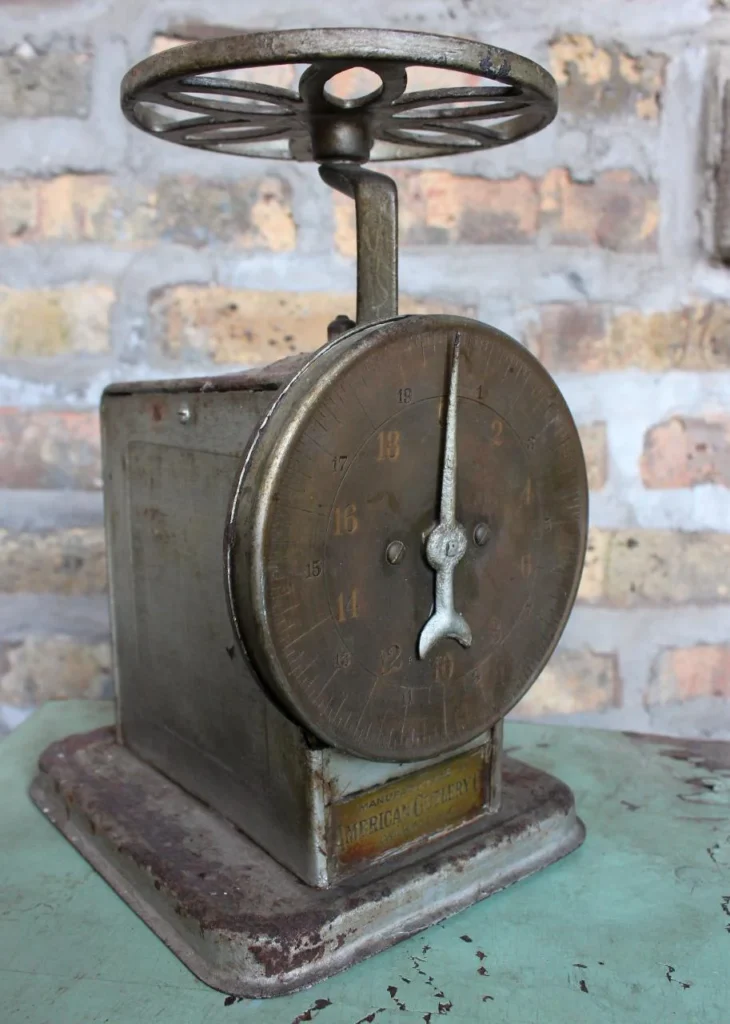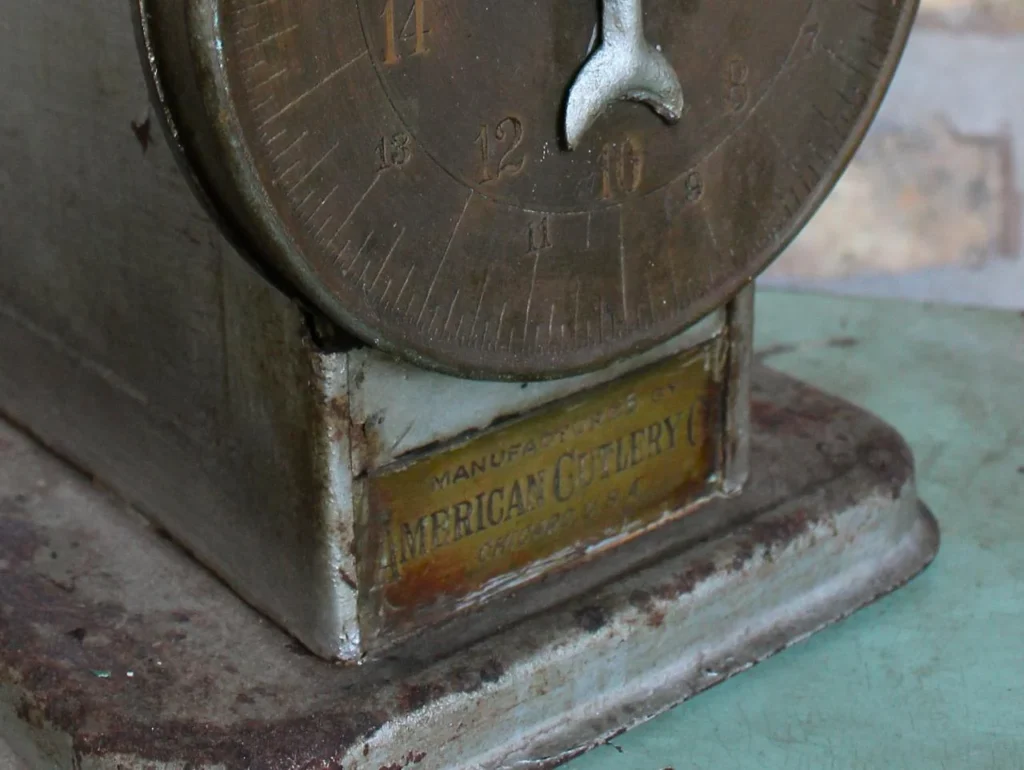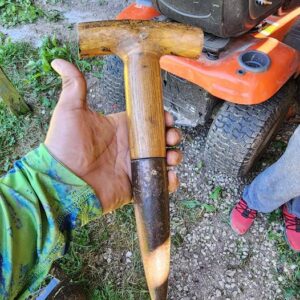Introduction to an Era
At the brink of the 20th century, a period marked by industrialization and technological advancements, kitchens were undergoing transformations. Traditional cooking methods were yielding to more efficient practices, spurred by innovations in kitchen tools and appliances.
Design and Material
Crafted from cast iron or brass, the 1900 kitchen scale boasted a sturdy build and ornate design. Its intricate details and decorative elements reflected the artistic trends of the time. Featuring a circular or rectangular platform and a large dial for weight reading, these scales were both functional and aesthetically pleasing.

Mechanics and Functionality
Operating on the principle of balancing weights, the scale provided users with precise measurements. Ingredients were placed on one side while weights were added to the other until equilibrium was reached. Engraved weight values facilitated accurate measurement, simplifying the process for users.
Impact on Culinary Practices
Precision in Baking: The scale revolutionized baking by ensuring accurate measurements, leading to consistent results in bread, cakes, and pastries.
Recipe Standardization: With the popularity of cookbooks, the scale facilitated recipe standardization, allowing people to replicate dishes accurately.
Health and Nutrition: Growing health awareness benefited from precise portion measurements, aiding in diet management.
Commercial Kitchens: In commercial settings, the scale ensured quality and portion control in restaurants and bakeries.

Legacy and Modern Perspective
Though digital scales have replaced their mechanical counterparts, the influence of the 1900 kitchen scale endures. Its emphasis on precise measurement remains integral to modern cooking practices. Vintage scales are now cherished as collectibles, evoking nostalgia for a bygone era.

A Timeless Relic
The 1900 kitchen scale, a relic from the turn of the 20th century, left an indelible mark on culinary practices. Its design, precision, and historical significance underscore its enduring relevance in today’s culinary landscape. As we navigate the evolution of kitchen tools, the scale remains a timeless reminder of the intersection of technology, art, and culinary arts.



